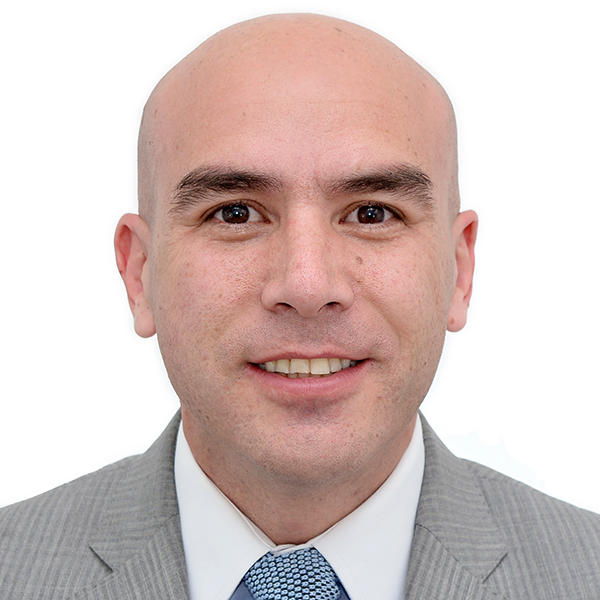Basic principles of Fracture Management
The fundamental course for doctors in surgical training, and doctors interested in furthering their knowledge and skills in operatife fracture management
25'000
trained attendees since 1960
70
countries where participants come from
22-28
Average age of participants
3
days in duration
1-3
Average number of years in medical training
Top
International, regional, and national faculty
What you will learn
- Understand the concepts of stability, their influence on bone healing, and how to apply implants to achieve the appropriate stability
- Plan a treatment based on assessment, imaging, classification, and decision making
- Apply reduction techniques in fracture management with attention to the soft tissue
- Apply implants according to their properties utilizing different application techniques
- Assess and treat diaphyseal fractures
- Assess and treat articular and periarticular fractures
- Demonstrate strategies for assessing and treating open fractures and soft-tissue injuries
- Manage the polytrauma patient
- Evaluate, classify, and formulate a treatment plan for pelvic injuries and acetabular fractures
- Recognize risk factors and complications and manage accordingly
- Recognize and treat bone union disorders
- Recognize and manage special fracture circumstances
AO Skills Lab - Simulations
- Torque measurement of bone screws
- Soft-tissue penetration during drilling
- Heat generation during drilling
- Mechanics of bone fractures
- Techniques of reduction
- Mechanics of intramedullary fixation
- Mechanics of plate fixation
- Damaged implant removal
Practical exercises - Dry lab
- Internal fixation with screws and plates—absolute stability
- Principle of the internal fixator using the locking compression plate (LCP)
- Application of a modular large external fixator Intramedullary (IM) nailing (tibial or femoral shaft)
- Preoperative planning—“plan your forearm operation”
- Operate your plan—fixation of a 22C1 forearm fracture using the LCP 3.5 (8 and 11 holes)
- Tension band wiring of the olecranon
- Management of a type 44C malleolar fracture
- Management of a trochanteric fracture
- Stabilization of the pelvic ring using a large external fixator*
- Application of the Large Distractor*
- Internal fixation with screws and plates (optional additional part): LCP as a compression plate with a lag screw, buttress plating*
- Management of a femoral neck fracture using 7.3 mm cannulated screws*
* In selected courses. Check your chosen date and location for the full program.
The course also features small group discussions, covering:
- General principles, classification, concepts of stability, their influence on bone healing, and how to apply implants to achieve appropriate stability
- Management principles for the treatment of diaphyseal fractures
- Management principles for the treatment of articular fractures
- Polytrauma and complications
Residents education taskforce
The Residents education taskforce is a group of experts who build and continuously improve our educational program. It consists of three international program editors (IPEs).

Jason A Lowe (USA)
Term: 2025—2027

Mark Lee (US)
Term: 2017—2022

Ingmar Buffo (MX)
Term: 2020 – 2022
